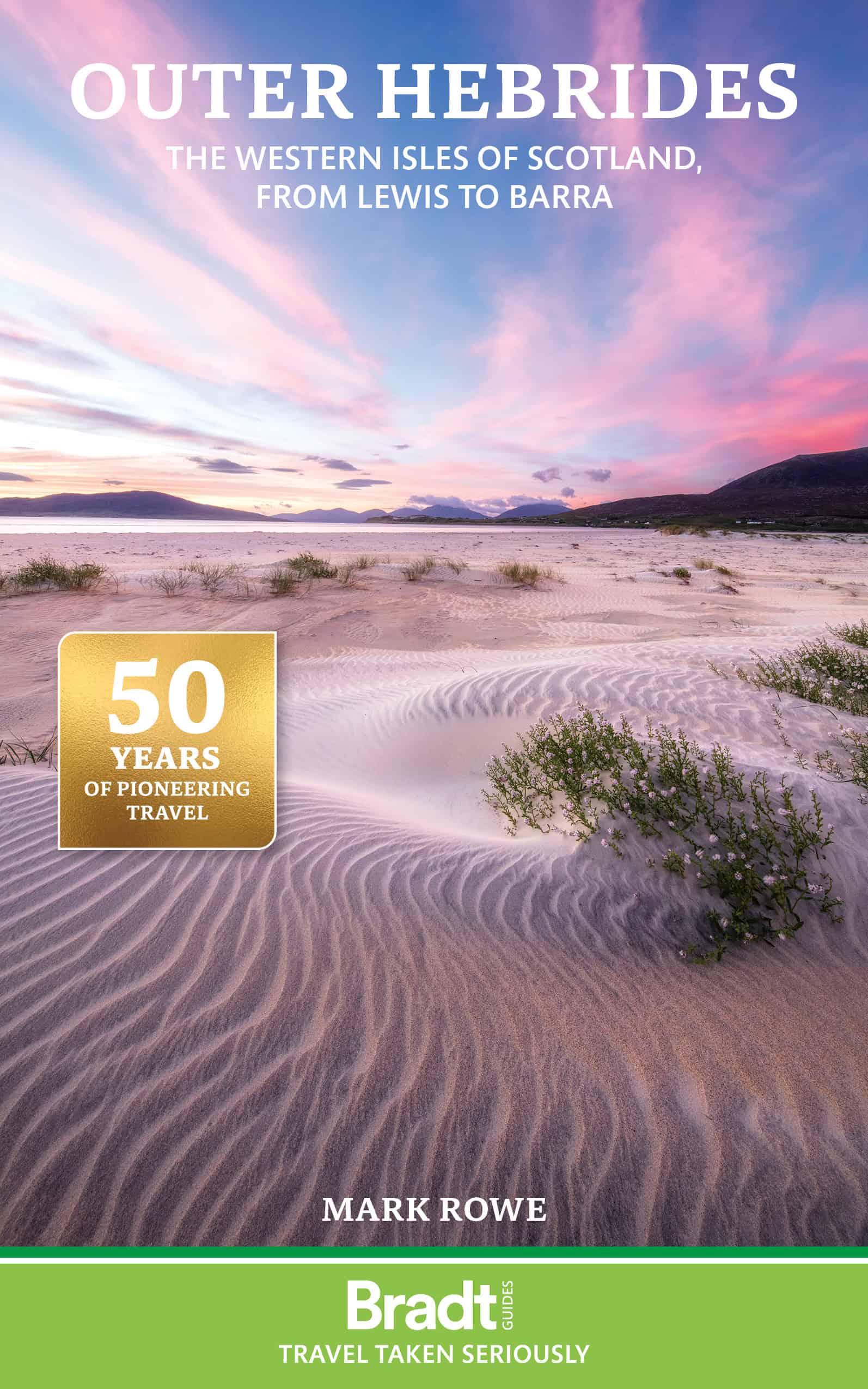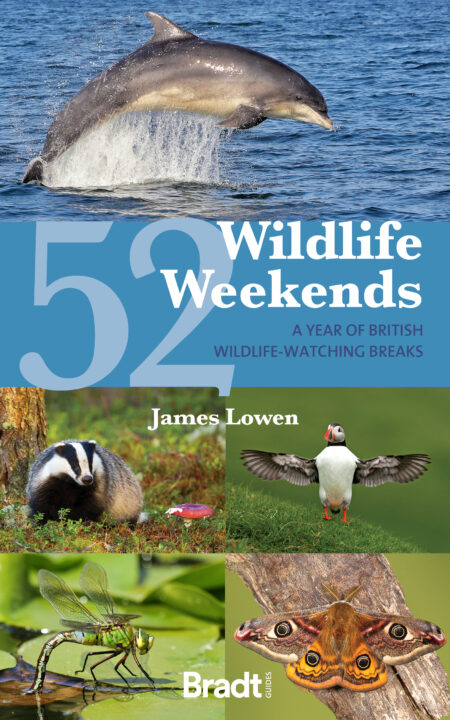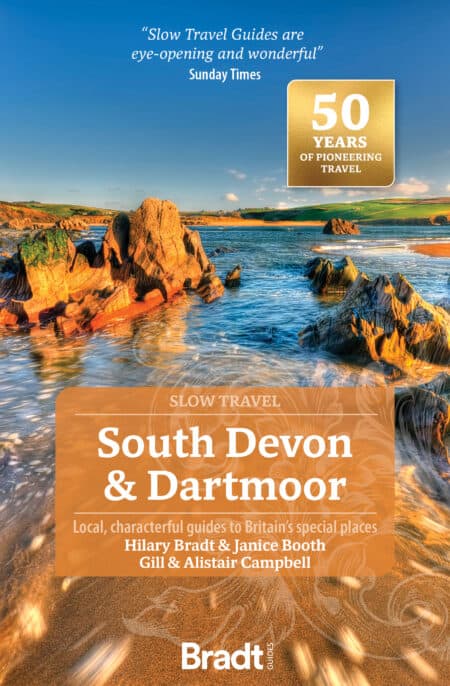Scotland: Outer Hebrides
Outer Hebrides travel guide. Holiday tips and expert advice for Lewis, Harris, St Kilda, Berneray, North Uist, Benbecula, South Uist, Eriskay, Barra and Vatersay. Covers beaches, culture, Gaelic language, Lewis Chessmen, Standing Stones of Callanish, food, walking, wildlife (including eagles, hen harriers, seals and red deer) and Whisky Galore!
Size: 20 X 198 mm
Edition: 3
Number of pages: 336
About this book
This new, thoroughly updated third edition of Bradt’s Outer Hebrides is the only up-to-date guidebook to focus solely on Scotland’s Western Isles: the islands of Lewis, Harris, St Kilda, Berneray, North Uist, Benbecula, South Uist, Eriskay, Barra and Vatersay. Informed and intimate, this guidebook is ideal for people who travel with curious minds to discover places of great cultural, historical and wildlife interest.
The Outer Hebrides is an archipelago of 15 inhabited islands and more than 50 others that are free of human footprint. It is perfect for a staycation where you can get off the beaten track, switching off from the modern world. Huge variations in landscape are found across the islands – from Lewisian gneiss, which dates back almost three billion years, to rugged Harris with its magnificent, almost unbroken sands running down its western flanks, and the undulating flatness and jagged sea lochs of the Uists.
Here Gaelic is increasingly spoken (driven both by a strong sense of regional identity but also, unexpectedly, boosted by commitment from many incomers). Ancient monuments abound, from enigmatic 2,000-year-old brochs to Tobha Mor, the earliest Christian site on the Outer Hebrides. Here too are the Standing Stones of Callanish (where a vibrant new visitor centre opens in 2025) and the Uig peninsula (where the ‘Lewis Chessmen’ were uncovered nearly 200 years ago). Nature-lovers can watch stunning seabird colonies, birds of prey, seals and red deer – or become absorbed in the machair, grassy coastal zones that are transformed into glorious carpets of wildflowers in late spring and summer. Walkers have an impressive choice of routes, while cyclists can enjoy the new Hebridean Way cycle trail.
Alongside providing all the practical details you could ever need, experienced journalist Mark Rowe contextualises your visit with detailed and enlightening background information – from geography and geology to art and architecture, via extensive coverage of wildlife. New elements of this third edition include advice on camping and campervanning, a round-up of deserted villages and details of the first malt whisky produced on Harris. Whatever floats your boat, Bradt’s Outer Hebrides is your perfect travel companion.
Before ordering ebooks from us, please check out our ebook information.
About the Author
Mark Rowe is a qualified journalist with more than 25 years’ experience of writing for national newspapers and magazines and, nowadays, increasingly online. His first published piece, a tale of how to slurp noodles in China, was inspired by a six-month solo backpacking trip around the country. After a postgraduate course in journalism at City University in London, he cut his teeth on the Grimsby Evening Telegraph, covering stories of haddock smuggling and dancing-pet competitions in Cleethorpes. He worked as staff writer for The Independent and Independent on Sunday and now specialises in environmental issues, wildlife and the Great Outdoors. He is the author of Bradt’s Orkney, which had its second edition published in 2024, and Bradt’s Slow Guide to the Isle of Wight. For 15 years, Mark wrote the popular and groundbreaking ‘Walk of the Month’ column for The Independent. He writes regularly for Geographical, the magazine of the Royal Geographical Society; Walk, the magazine of the Ramblers’ Association; and Scotland magazine. He lives in Bristol with his wife and three children.
Additional Information
Table of ContentsIntroduction
PART ONE: GENERAL INFORMATION
1 Background Information
2 Practical Information
PART TWO: THE GUIDE
3 Lewis (Leòdhais)
4 Harris (Na Hearadh)
5 St Kilda
6 Berneray (Beàrnaraigh) and North Uist (Uibhist a Tuath)
7 Benbecula (Beinn na Faoghla)
8 South Uist (Uibhist a Deas) and Eriskay (Eirisgeidh)
9 Barra (Bharraigh) and Vatersay (Bhatarsaigh)
Appendices: Language, Further Reading
Index




